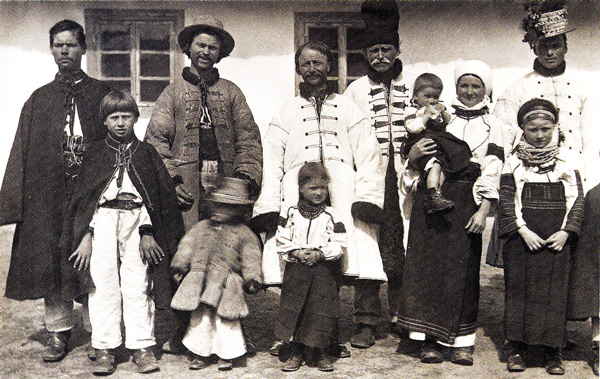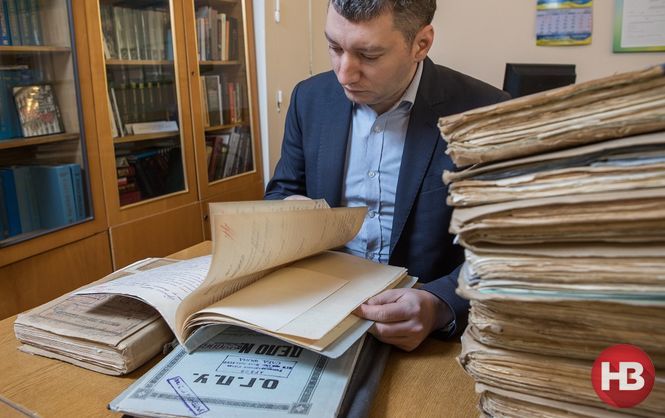Courtesy: EUROMAIDAN PRESS – News and views of Ukraine

Ukrainian family from the village of Tyshkivtsi, Crownland of Galicia, Austro-Hungarian Empire (now Ukraine’s Ivano-Frankivsk Oblast), 1890. Photo: discoverukraine.com.ua
A huge database of people born in the territory of contemporary Ukraine between 1650 and 1920 became available online this week. Its opening crowned the four-year efforts of activists to digitize, systematize, and assemble countless entries from historical documents—but is not the final point of the project.
The database includes 2.56 mn people and is expected to reach 4 to 5 mn in 2019. The access to its contents is and will remain free of charge. The sources of data are manifold: birth registers, fiscal and parish censuses, lists of nobility, voters, the military, and victims of repressions, address directories, and other documents produced under the Tsardom of Muscovy, Russian and Habsburg Empires, Poland and the Soviet Union. A Roman-letter version of the data index is reportedly to be enabled in the coming months.
All the users who register profiles on the project’s website pra.in.ua can construct their own family trees. Nearly 18 thousand trees have been created in the first couple of days following the official inauguration of the site. Since July 2017, the analytical engine will automatically compare the information from various trees and suggest additions to the users, which means that the site will operate as a genealogical social network.
The project founder is the Ukrainian IT businessman Igor Hoszowski. A historian by training, he has studied his ancestry for many years and achieved spectacular success.

Igor Hoszowski wants today’s Ukrainians to know more about their ancestors. Photo © Oleksandr Medvedev / NV.ua
“I was looking for information in various archives,” he says. “This process lasted for five or six years. I managed to explore four lines of my kin, each consisting of 10 to 12 generations. The continual chains have reached the early eighteenth century. If the persons from collateral lines (first and second cousins etc.) are included, in total, I know the first and last names of nearly 2,000 people.”
The personal experience of genealogical searches inspired his online project. When working in the archives, Hoszowski worried that the bundles of old paper could turn to dust with time or their entries could become unreadable. Our forefathers are with us, he believes, as long as we remember their names. So he decided to launch a platform that would preserve this information for the future and be easily accessible to the public.
